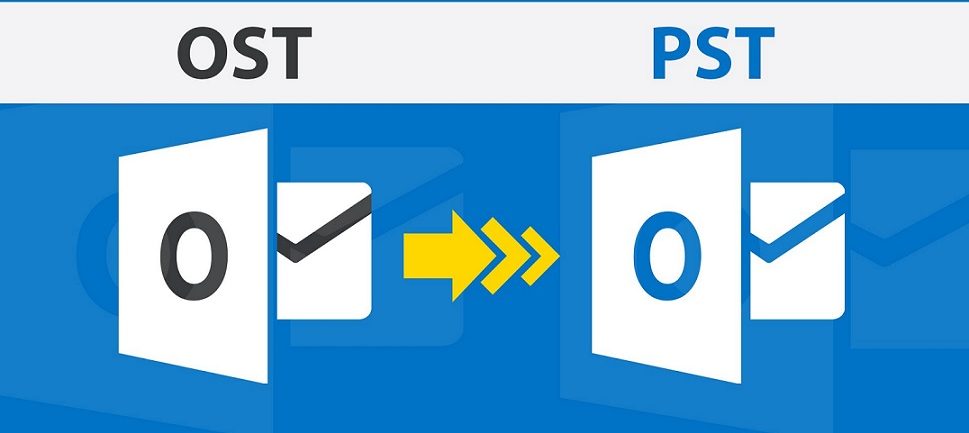Moving is a significant life event, especially when you have a family to consider. The process can be both exciting and overwhelming, and the financial aspect is no exception. However, with careful budgeting and planning, you can navigate the expenses associated with moving and ensure a smooth transition for your family. When moving to Arlington, VA, it is important to factor in the cost of living, including housing, transportation, and other expenses, when budgeting for moving expenses. In this article, we will provide you with practical strategies on how to budget for moving expenses when you have a family, helping you make informed financial decisions throughout the process.
I. Pre-Move Planning: Assessing Your Needs and Setting a Budget
Before embarking on your move, it’s crucial to assess your family’s needs and set a realistic budget. The following steps will help you plan effectively:
A. Evaluate Your Moving Needs
Start by evaluating your moving needs. Consider factors such as the size of your family, the distance of the move, and any special requirements. This assessment will give you a better understanding of the resources and services you will need, such as packing supplies, transportation, and professional movers.
B. Set a Moving Budget
Once you have a clear idea of your moving needs, it’s time to set a budget. Take into account your current financial situation and determine the maximum amount you can afford to spend on the move. Allocate funds for various relocation cost, including packing materials, moving services, transportation, and potential unforeseen costs. It’s wise to build in a contingency fund to address unexpected expenses that may arise during the process.
II. Downsizing and Organizing: Streamlining Your Move
Streamlining your move through downsizing and organizing will not only save you money but also simplify the process for your family:
A. Declutter and Downsize
Moving provides an excellent opportunity to declutter and downsize your belongings. Involve your family in the process and encourage everyone to let go of items that are no longer needed or have outlived their usefulness. Consider selling unwanted items through garage sales or online marketplaces to generate additional funds for your move. Donating to charity is another option, allowing you to help others while reducing your moving expenses.
B. Organize and Inventory
Create an inventory of your belongings and keep it organized throughout the moving process. This will help you stay on top of your items, minimize losses or damages, and avoid unnecessary purchases. Moving to a new place can be expensive, so it’s important to budget carefully for moving expenses. Additionally, labeling and categorizing your boxes will streamline the unpacking process, making it easier for everyone in the family to find their belongings in the new home.
III. Finding Affordable Moving Services
When moving with a family, finding affordable moving services is crucial to managing your budget effectively. Consider the following strategies:
A. Obtain Multiple Moving Quotes
Request multiple quotes from reputable moving companies. Compare their rates, services, and customer reviews to ensure you’re getting the best value for your money. Keep in mind that the cheapest option may not always be the most reliable, so strike a balance between affordability and quality.
B. Plan Your Move during Off-Peak Seasons
Timing your move during off-peak seasons can often lead to lower costs. Many moving companies offer discounted rates during non-peak periods, which can significantly impact your budget. Additionally, scheduling your move during weekdays instead of weekends may also result in lower rates.
C. Consider a DIY Move
For families on a tight budget, a DIY move can be a cost-effective option. Renting a moving truck and enlisting the help of family and friends can save you money on professional moving services. Make a career path plan that includes a budget for moving expenses, so you can accept a job offer even if it’s far away. However, carefully assess your capabilities and the size of your move to ensure a smooth and efficient process.
IV. Budgeting for Additional Moving Expenses
In addition to the basic moving expenses, there are several other costs to consider when moving with a family:
A. Temporary Accommodation
If you’re unable to move directly into your new home, budget for temporary accommodation expenses. Research affordable options such as extended-stay hotels, vacation rentals, or staying with family or friends during the transition period.
B. Childcare and Pet Care
Moving can be a busy and chaotic time, so consider budgeting for childcare or pet care services. This will ensure that your children and pets are properly taken care of during the move, allowing you to focus on the logistics.
C. Updating Utilities and Services
Account for the costs associated with transferring or connecting utilities and services at your new home. Research the requirements and potential fees for setting up electricity, water, internet, cable, and other essential services.
V. Family-Friendly Cost-Saving Measures
As you prepare for your move, consider these family-friendly cost-saving measures:
A. DIY Packing Supplies
Save on packing supplies by utilizing household items such as blankets, towels, and clothing as padding and protection for fragile items. Ask local businesses for free or discounted boxes, or consider renting reusable packing materials to minimize costs.
B. Meal Planning and Groceries
During the moving process, plan your meals strategically to minimize eating out and food waste. Plan simple and budget-friendly meals, and buy groceries in bulk where possible. This will help you save money while ensuring your family’s nutritional needs are met.
C. Utilize Community Resources
Take advantage of community resources that can assist you during the move. Some organizations offer free or low-cost moving assistance or provide support for families in transition. Explore local community centers, religious organizations, and online platforms to find resources that can help reduce your moving expenses.
Conclusion
Moving with a family requires careful planning and budgeting to ensure a smooth and affordable transition. By assessing your needs, setting a budget, downsizing and organizing, finding affordable moving services, and considering additional expenses, you can successfully navigate the financial aspects of your move. Remember to involve your family in the process, encourage cost-saving measures, and embrace the opportunity to streamline your belongings. With proper budgeting and resourcefulness, your family can embark on a new chapter in your lives while staying within your financial means.










